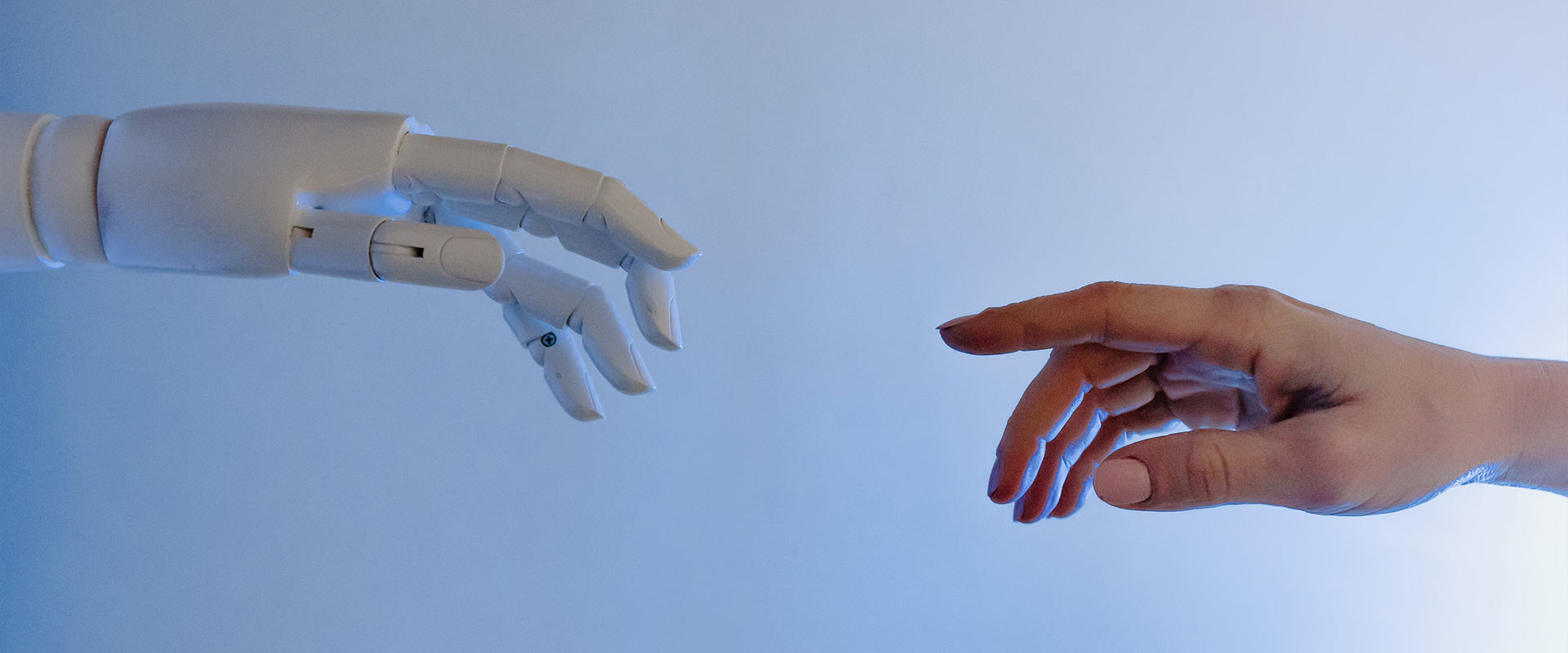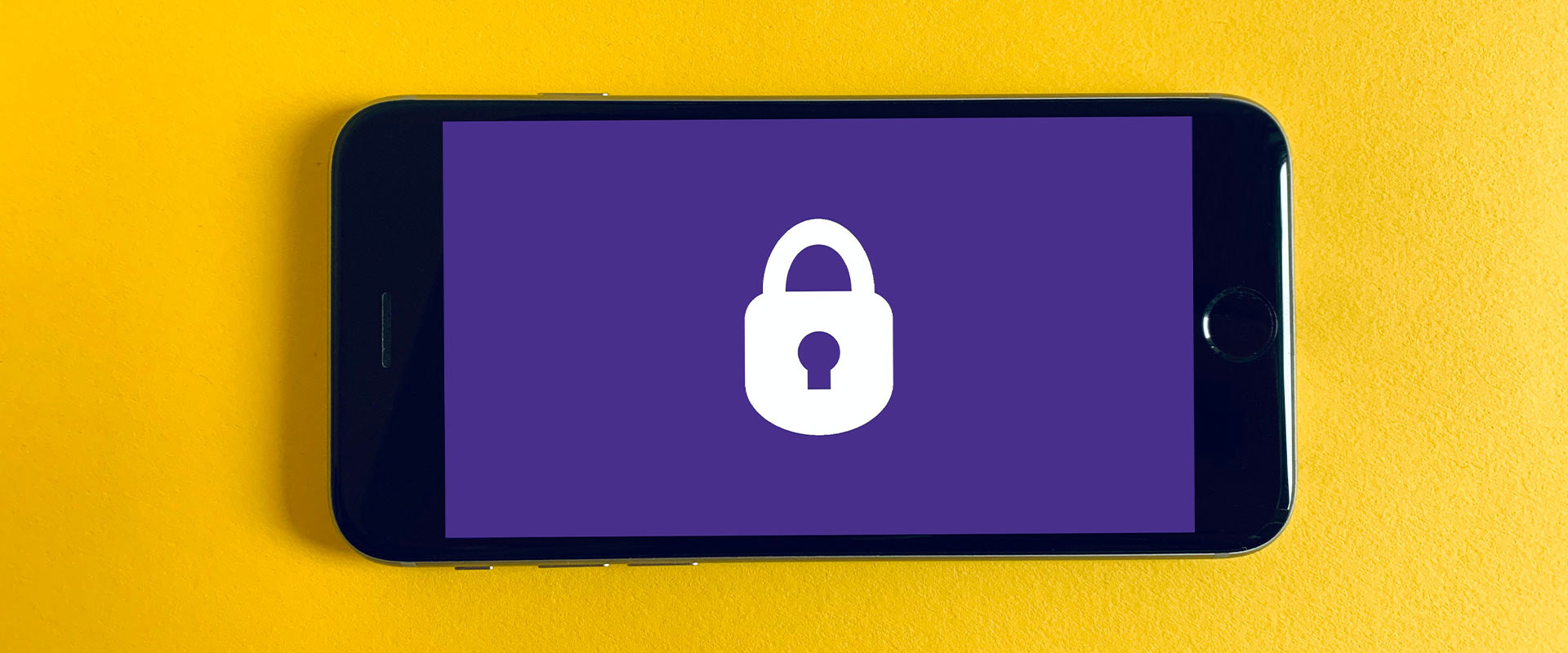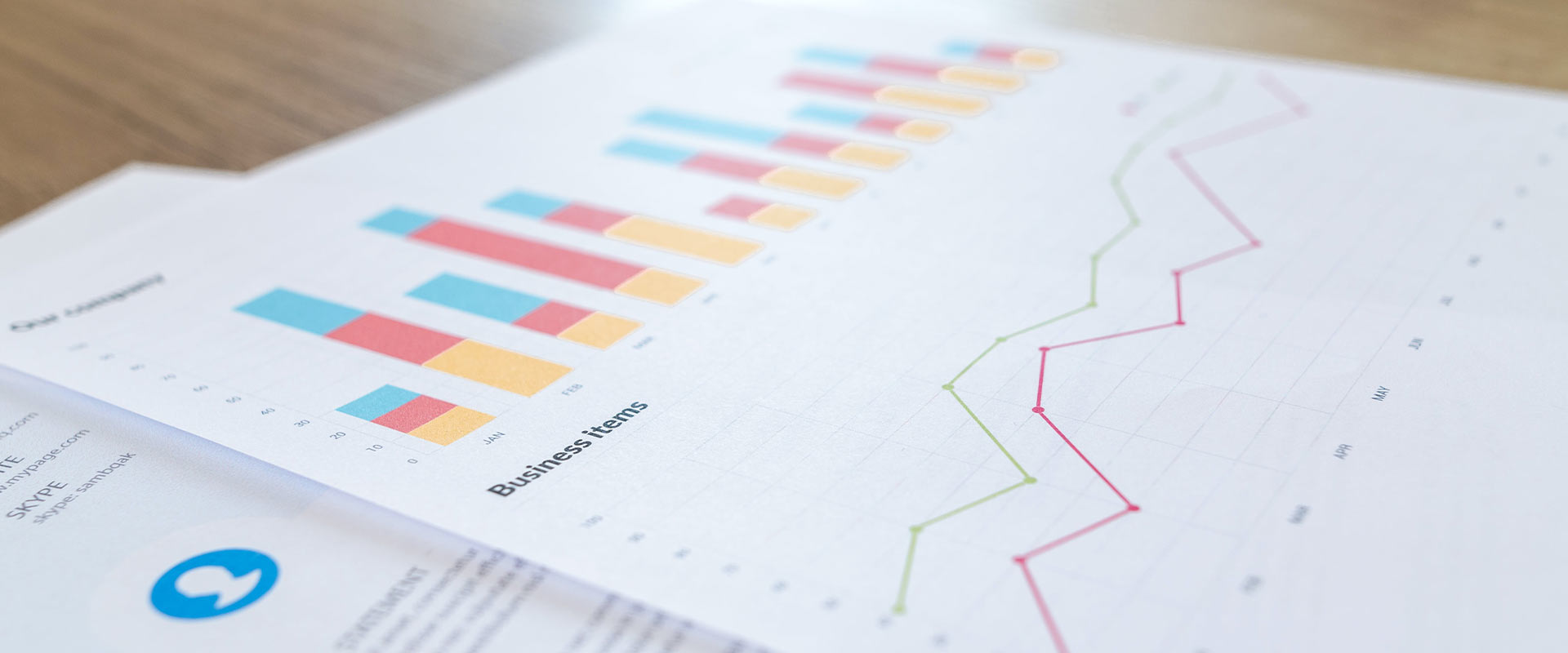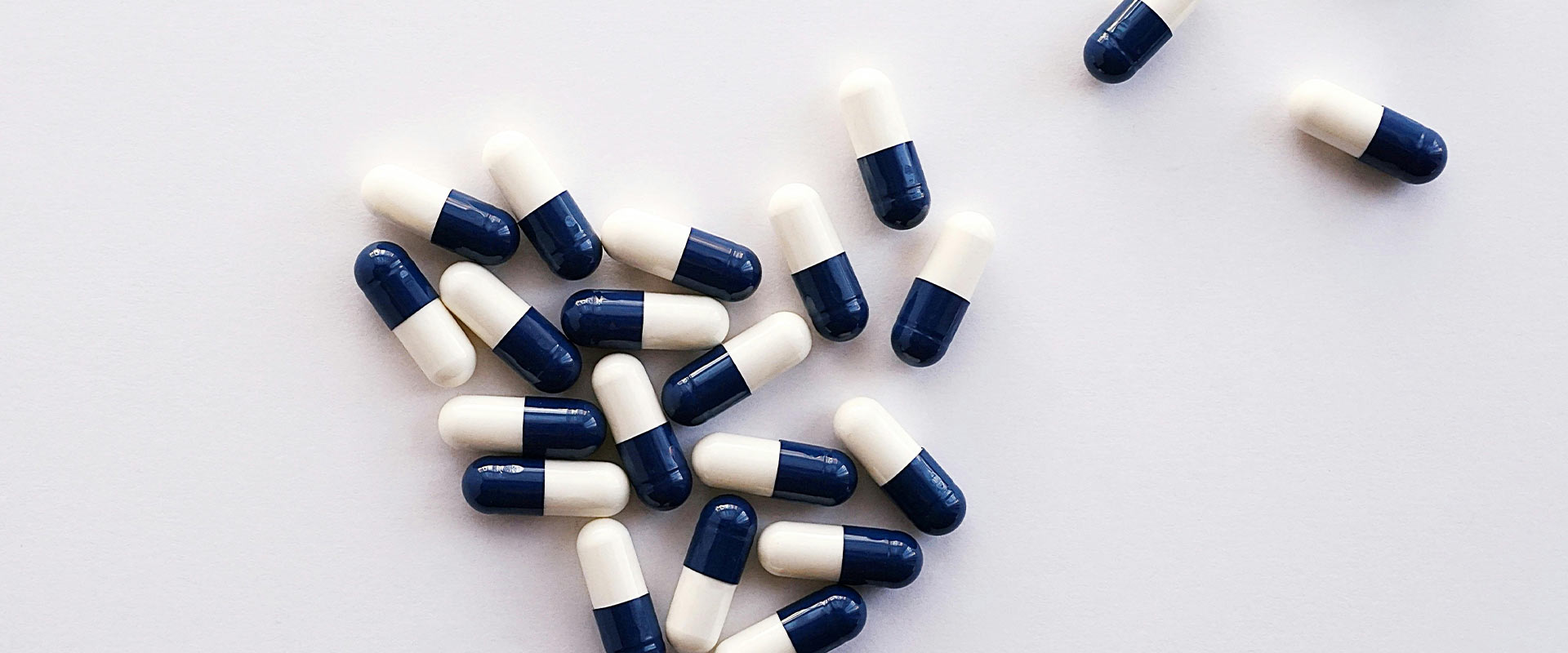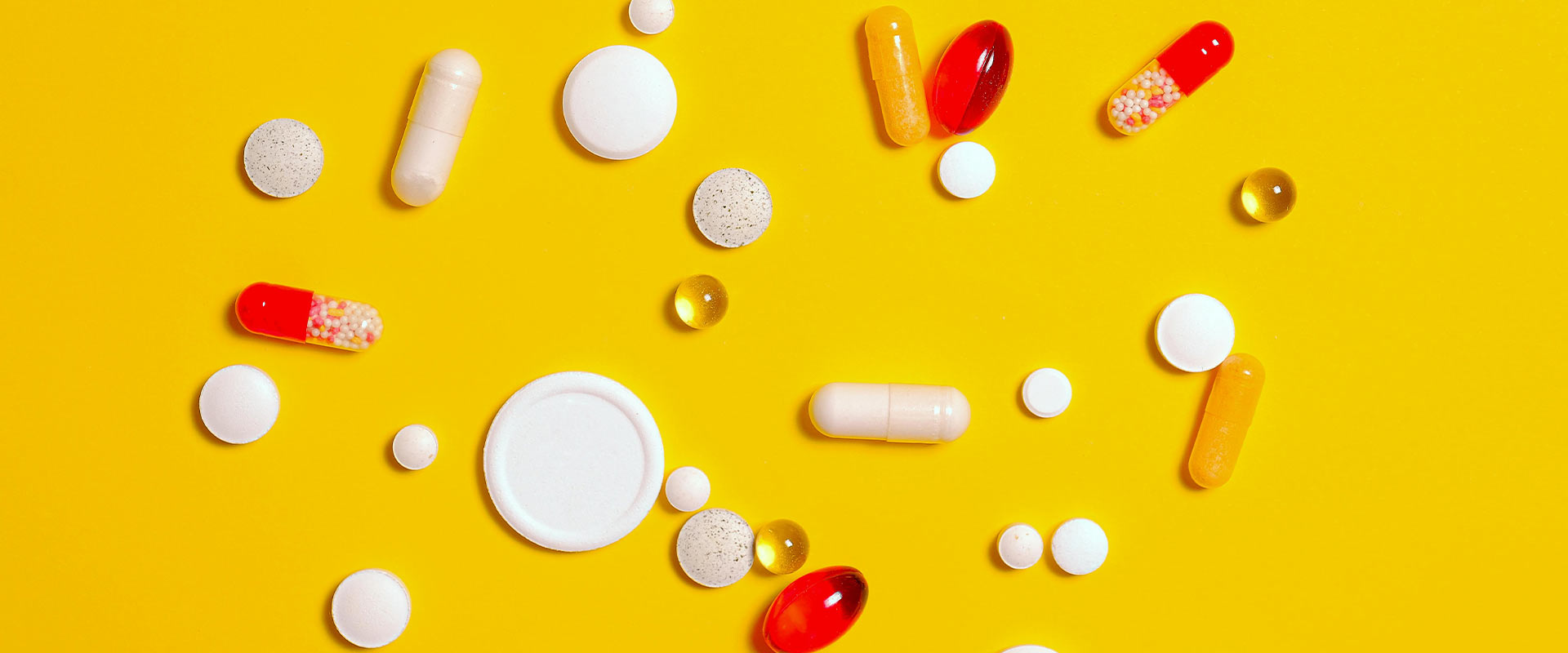The role of AI in pharmaceutical advertising
In 2023, the growth of Artificial Intelligence is undeniable. Observed in the marketing industry with open-source AI tools, such as ChatGPT being used to automate blog-writing, DALLE-2’s application as an image generation software and more recently products such as Audiense and Bloomreach are being utilised for more refined audience segmentation.
But how applicable is Artificial Intelligence in the niche healthcare and pharmaceutical advertising industry in which Space & Time are now a part of?
As it turns out, AI tools are extremely applicable. From chatbots to ad optimisation, AI’s potential in advertising is seemingly limitless.
The healthcare chatbot market has also experienced huge growth due to its capabilities in solving the needs of the consumer, providing added value and personalisation to the customer journey. Chatbots can aid in the automation of necessary healthcare procedures, arranging meetings, and answering specialised questions pertaining to specific conditions. Using chatbots in marketing strategy lets companies interact with potential leads round the clock, as well as providing information and even upselling customers. As a result, “the global healthcare chatbots market size was exhibited at $196.85 million in 2022, with a CAGR of 16.98% from 2023 to 2032” (Precedence Research).
In recent years, further strides have been taken in the conversational AI department, in particular voice recognition AI. Some of you might remember that Amazon’s Alexa had reportedly trialled HIPAA compliancy. However, just last year Amazon chose to stop supporting this extension for Healthcare Professionals, leaving a vacuum for the future of healthcare focused voice-enabled, conversational AI.
New prescriber and customer acquisition is central to the launch of new drugs in both B2B and B2C Pharmaceutical Marketing. And given the granular nature of different conditions and specialties, AI audience segmentation tools are quickly becoming a ‘game-changer’ in the Healthcare space. Using these tools makes it simple to track behaviour across sites whether that be for HCP’s or patients.
In B2B Pharmaceutical marketing, certain tools can be used to gather data on specialties such as Rheumatology to study the day-to-day activities of healthcare professionals and follow them across different physician-only social media sites. Lookalike audiences can be created for those who may be specialised in Gastroenterology but have a passing interest in Immunology, thereby all specialists who would be in a position to prescribe the drug become aware of it.
AI can be used in a similar way for B2C Pharmaceutical marketing, mapping the behaviour and preferences of the patients. Through machine learning, it can help answer many necessary questions asked by the advertisers. Does the target respond to calls to action? How often is the consumer searching for new products? What resonates well with the consumer? This data along with predictive analytics can be used in the future to develop a tailor-made approach, optimising ads for different audience segments and making the customer experience central to the marketing strategy.
Going forward it seems as though AI will become even more integrated into the advertising process, creating automatic content, providing customer interaction, and predicting the next move of both decision-making prescribers and the all-powerful consumer. And, as a disclaimer, this post was not written with ChatGPT…
